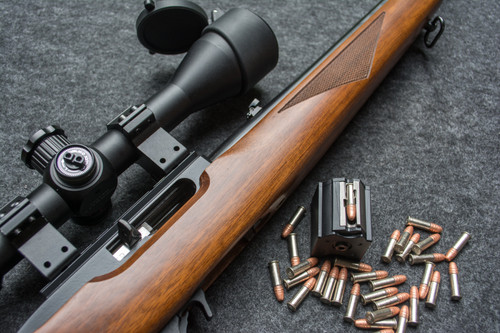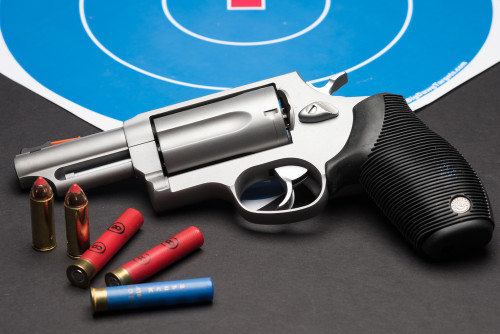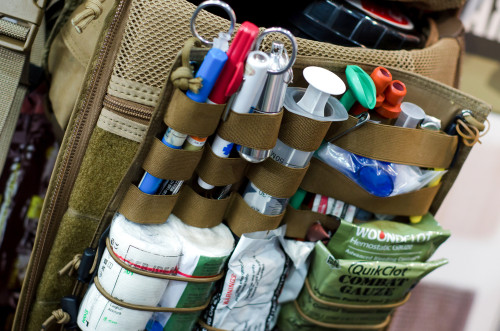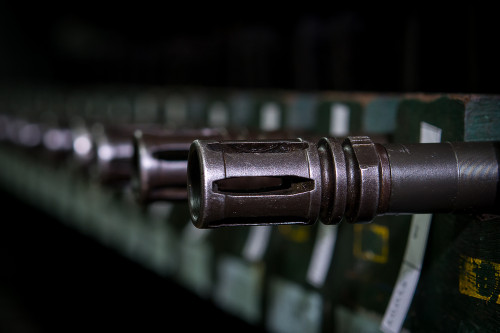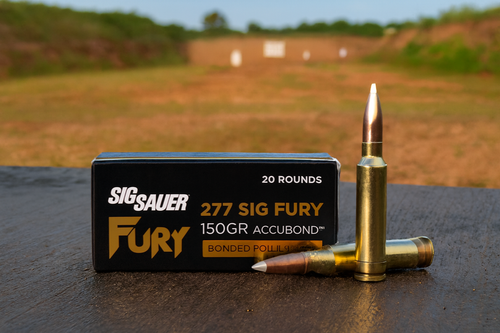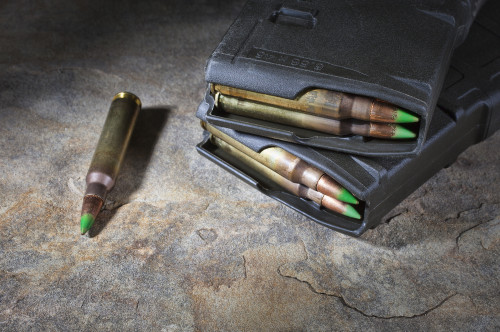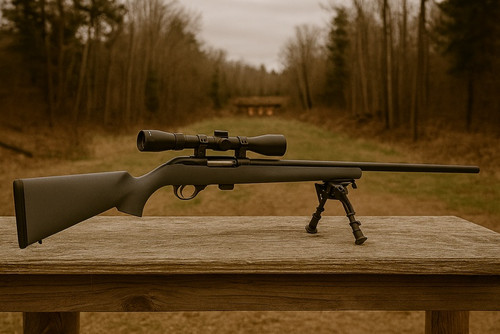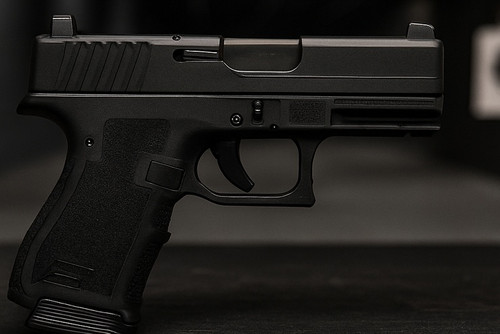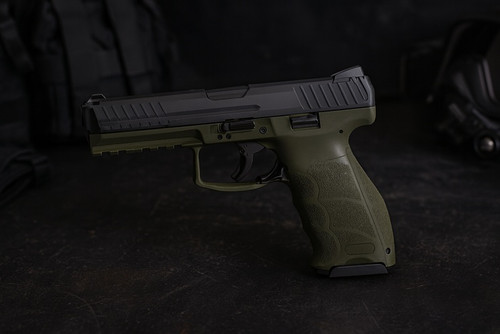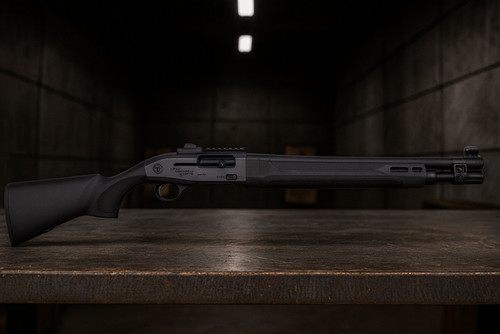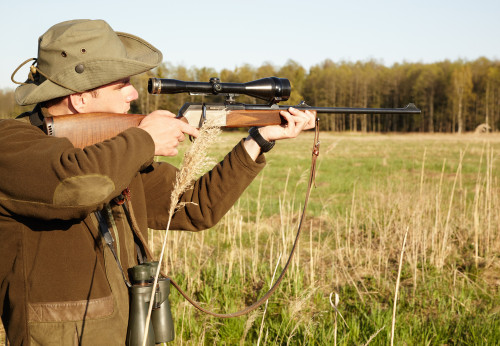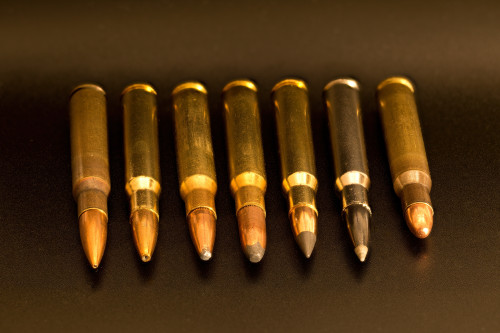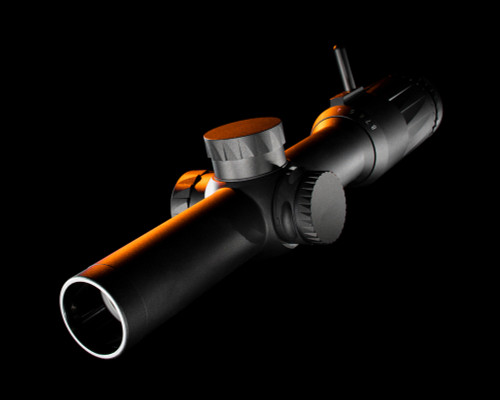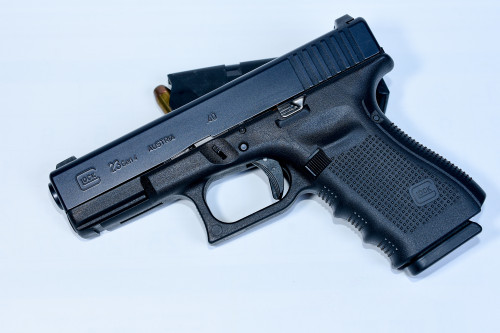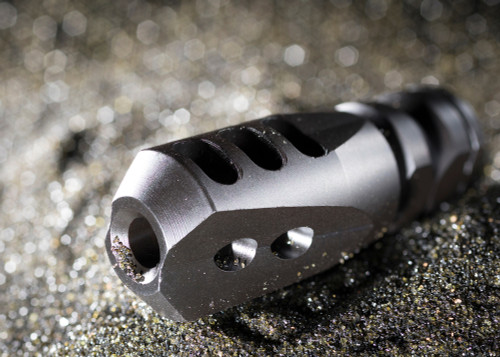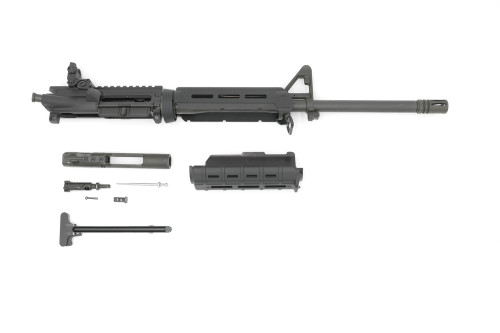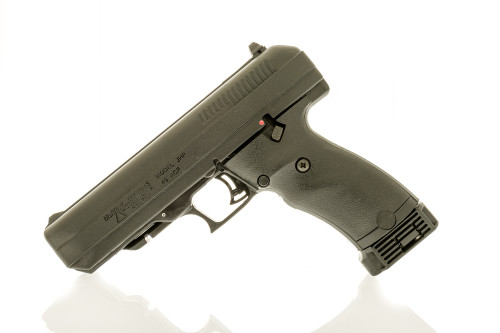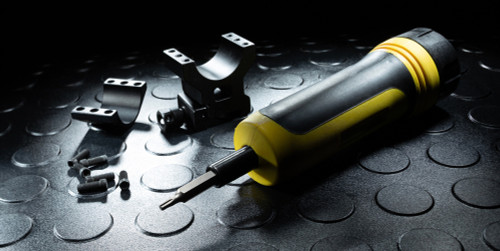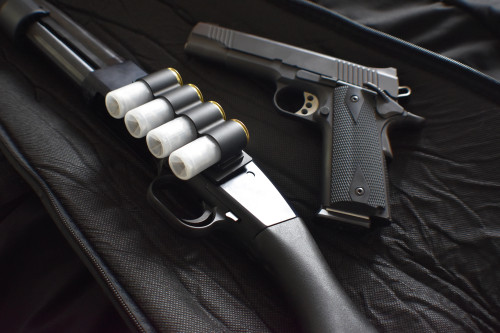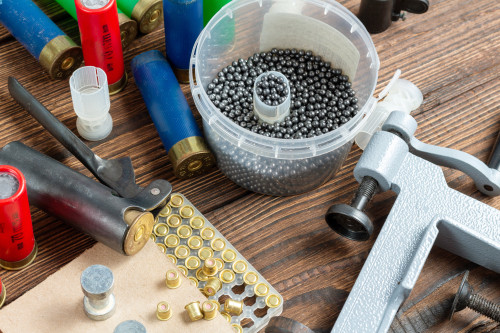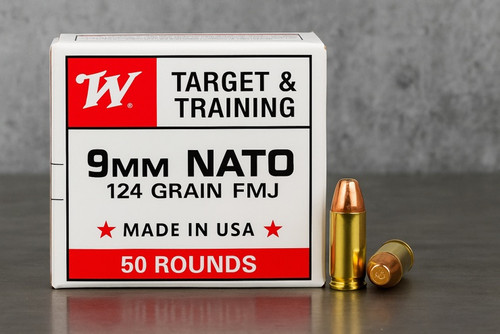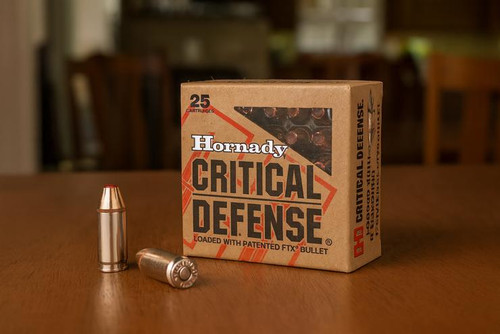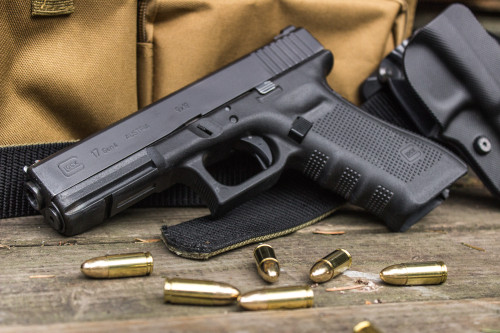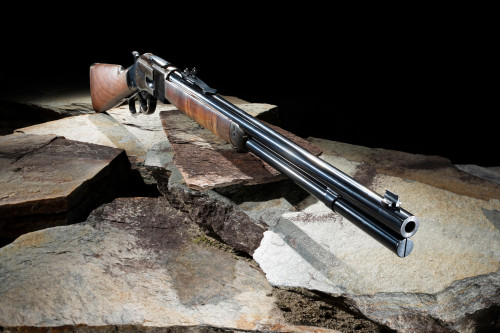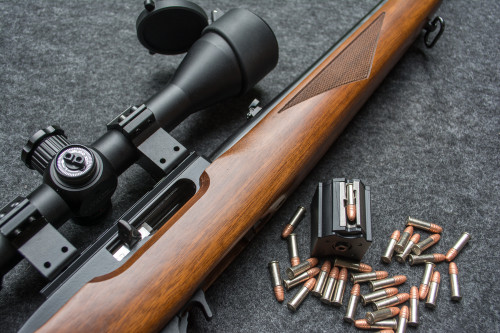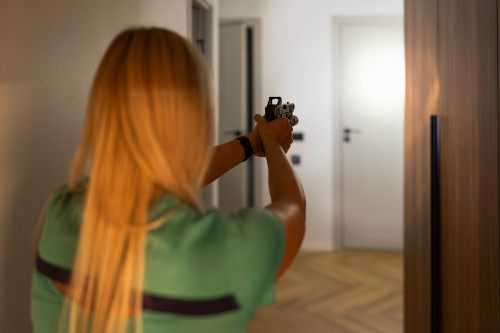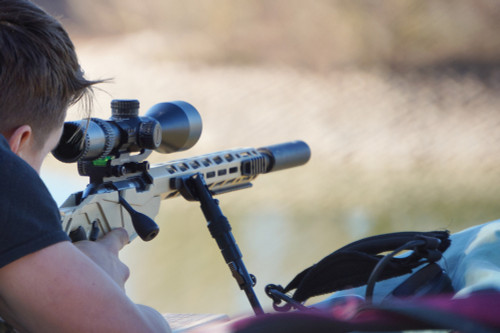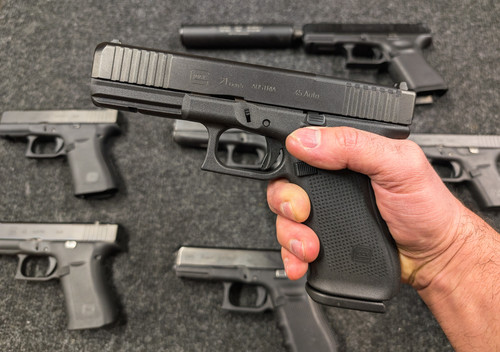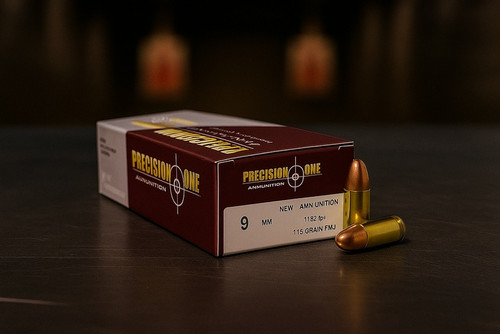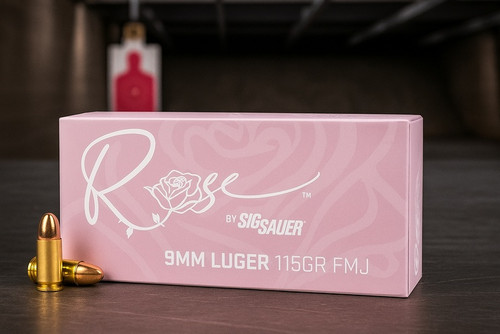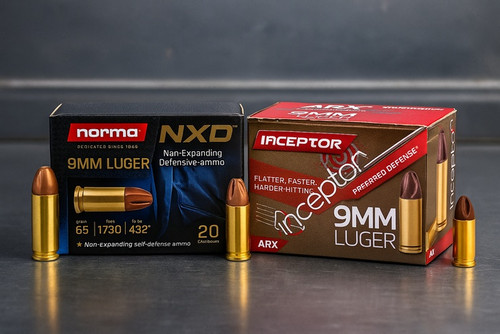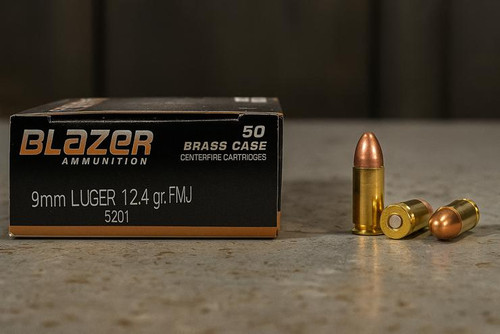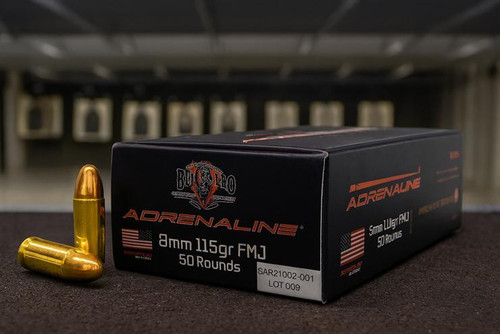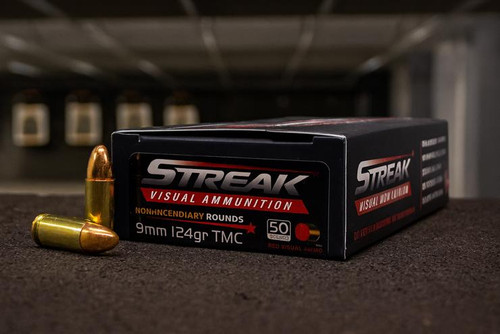Exploring the benefits, drawbacks, and real‑world suitability of lighter‑weight 9 mm loads, including current loads from major manufacturers.
When we talk about 9 mm ammo, the usual bullet weights that come up are 115 grains, 124 grains, or even 147 grains. So when a load with a 65‑grain bullet appears, the natural question is: “Is that really good?” Can a 65‑grain projectile in the 9×19 mm cartridge perform effectively? What advantages does it offer, and what trade‑offs come with it?
In this article we’ll unpack what “65‑grain in 9 mm” really means, examine how it performs based on published data and user experience, review several current 65‑grain 9 mm offerings on the market, discuss the scenarios where it might shine — and where it may not be the ideal choice.
What Does “65‑Grain” Really Mean?
First, let’s clarify what we’re talking about. The 9 mm Luger (9×19 mm) cartridge is one of the most common handgun rounds in the world. Standard loads typically use bullet weights like 115 or 124 grains for full metal jacket (FMJ) training or 124‑147 grains for many defensive loads. So a 65‑grain bullet is significantly lighter than those standard weights.
When you reduce the bullet weight (holding everything else more or less constant), several effects tend to follow:
- A lighter bullet means less mass to accelerate, and so—if the manufacturer loads sufficient powder and uses safe pressure—you often see higher muzzle velocity.
- The lighter bullet has less momentum (mass × velocity) compared to heavier bullets at similar velocities, which can affect terminal performance unless the bullet is engineered accordingly.
- The lighter bullet usually means less felt recoil (assuming throttle/power level similar), which can benefit rapid‑fire drill shooters or training environments.
- The bullet profile/design may differ (shorter overall length, different seating depth or profile), which can impact feeding extraction in some handguns if not optimized.
In short: a 65‑grain 9 mm load is more of a specialty or targeted option rather than “just another 9 mm.” Its suitability depends heavily on how well the load is engineered, what bullet design is used, and what your purpose is.
Current Market Offerings of 65‑Grain 9 mm Loads
Here are some specific, currently‑available 65‑grain 9 mm loads you can look at — to anchor the discussion in real product examples rather than only theory.
1. Manufacturer: Norma — NXD 9 mm 65 Grain
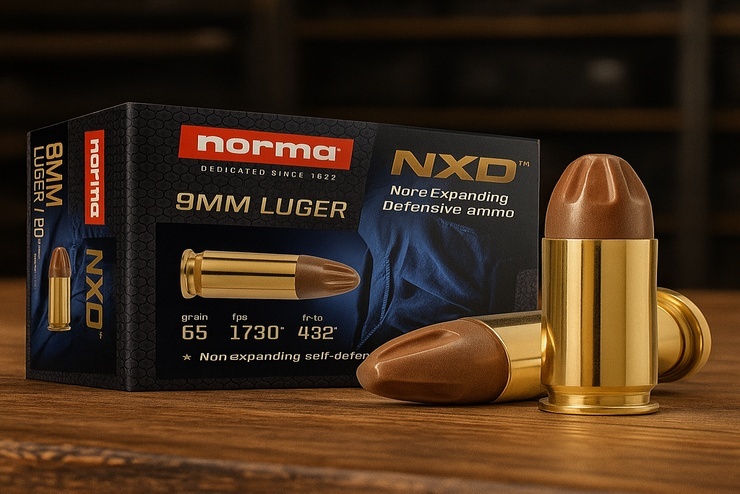
This is a 65‑grain injection‑molded copper‑polymer matrix projectile, brass case, designed for “non‑expanding defense.” It advertises a muzzle velocity of about 1,730 fps and muzzle energy around 432 ft‑lbs. The design uses a fluted projectile shape for fluid‑dynamics energy transfer instead of traditional hollow‑point expansion.
Features: light‑recoil design, brass case, high velocity, non‑expanding defensive orientation.
Notes: Because it is somewhat specialty, cost per round is higher and availability may be less than mass training ammo.
2. Manufacturer: Inceptor (Polycase) — 9 mm Luger 65 Grain ARX
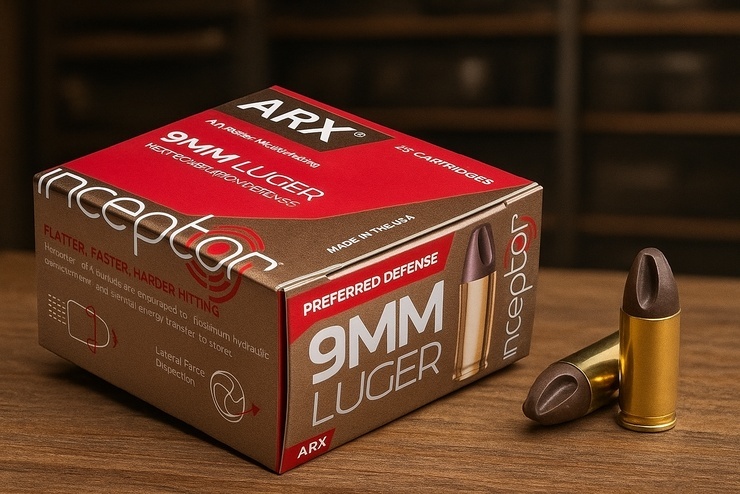
This load uses a 65‑grain polymer‑copper matrix bullet, brass case, advertised velocity about 1,650 fps and energy about 393 ft‑lbs. It is marketed for “preferred defense” and emphasizes low recoil, consistent terminal performance even through barriers, and reliability.
Features: modern bullet design, lower recoil, high velocity for 65‑grain weight.
Notes: This load shifts the paradigm of “lighter bullet” by using advanced materials and design rather than just reducing weight and keeping everything else standard.
There may be few other 65‑grain 9 mm loads in niche markets (frangible training, competition, or ultra‑lightweight defense loads), but the two above represent the more visible offerings. (Availability, pricing, packaging may vary by region and retailer.)
What Makes a Good 65‑Grain Load?
When evaluating whether a 65‑grain 9 mm load is “good,” here are the key performance factors to consider:
Muzzle Velocity & Energy
Because of the lighter mass, the bullet can reach higher velocities if the load is built for it. The Norma NXD, for example, advertises ~1,730 fps and ~432 ft‑lbs energy for its 65‑grain load. The Inceptor ARX claims ~1,650 fps and ~393 ft‑lbs. These figures show that a well‑designed 65‑grain can indeed deliver performance numbers that compete with heavier bullets.
But velocity alone isn’t enough—bullet design, penetration, and energy transfer matter as well.
Recoil and Follow‑up Shot Capability
A lighter bullet generally means lower recoil impulse (provided overall cartridge energy is not vastly higher). That can mean faster follow‑up shots, less shooter fatigue, and better training comfort when doing lots of rounds. For training or competition, this is an advantage.
Terminal Performance & Bullet Design
If you consider using a 65‑grain round for anything beyond practice, you must ask: how is the bullet designed? In the two examples above, the manufacturers have invested in specialty bullet materials or profiles (copper‑polymer matrix, fluted projectile) to optimize performance despite the lighter weight. Without that careful design, a 65‑grain bullet might underperform compared to a heavier bullet simply because the mass is much less. So the bullet’s construction matters a lot.
Platform Compatibility
Some pistols expect standard bullet profiles (length, seating depth, case feed angle, bullet nose shape). A less common weight like 65 grains means you must test it in your pistol to ensure feed reliability, extraction, and accuracy. Also, short‑barreled pistols may benefit more from high velocity of lighter bullets.
Intended Use: Training vs Defense
If you’re buying a 65‑grain load purely for training, the reduced recoil and interesting ballistics may be an advantage. But if you are evaluating it for carry or defense, you should require documentation of terminal performance (penetration, expansion, barrier testing) and accept that these may be less common than for standard heavy defensive loads.
Advantages of 65‑Grain 9 mm Loads
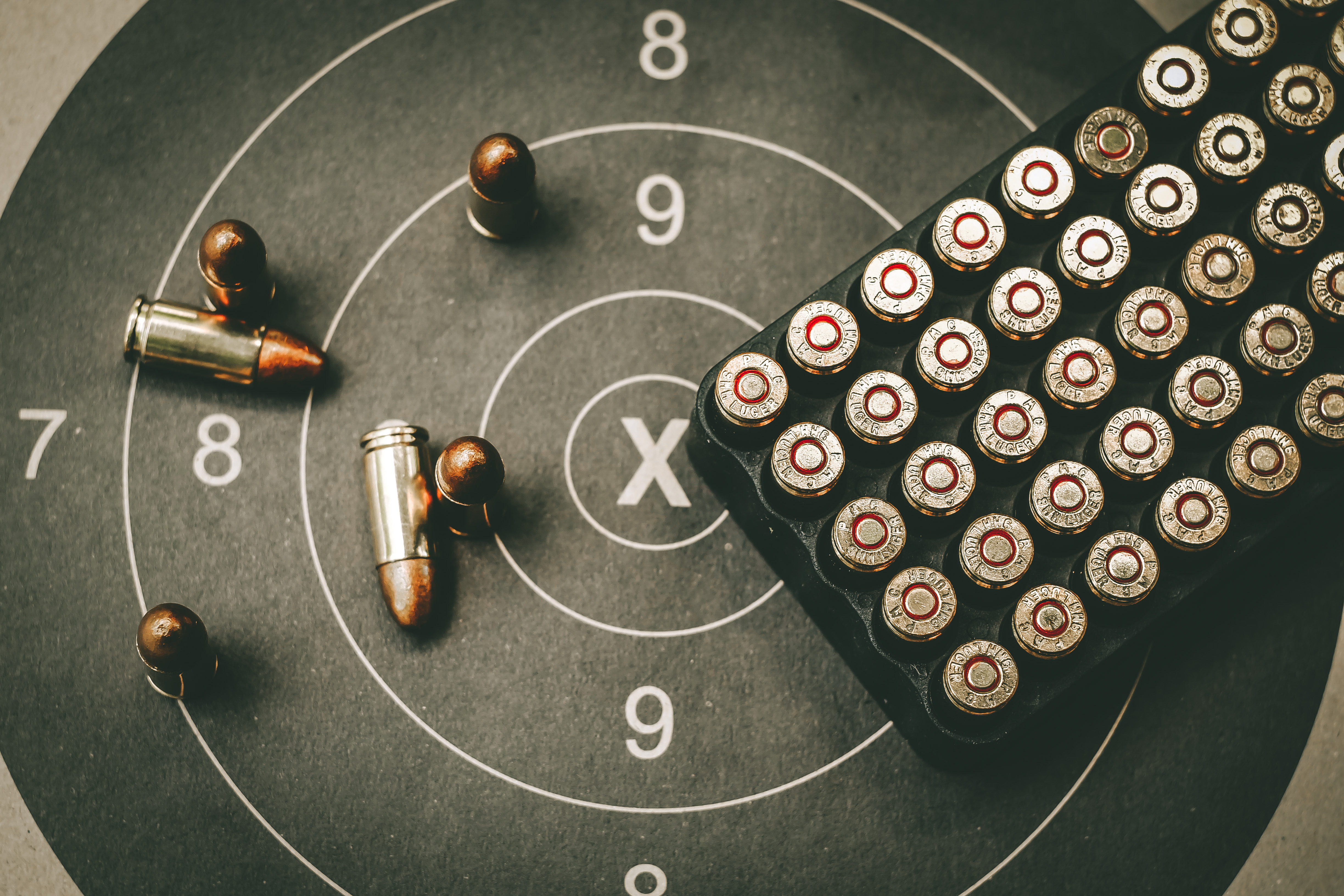
Here are some of the strong benefits when the load is engineered properly:
- High Velocity & Flatter Trajectory: The lighter bullet can reach velocities over 1,600 fps, reducing bullet drop and improving time to target especially in short‑barrel pistols.
- Reduced Felt Recoil: Many shooters report better control and faster follow‑up shots with lighter bullets—this can improve training quality especially when doing multiple rapid shots.
- Comfort during Extended Shooting: For long range sessions or training classes where volume counts, a lighter bullet can reduce fatigue.
- Modern Bullet Design Leverage: With advanced materials (as in Inceptor ARX or Norma NXD) the lighter bullet weight doesn’t necessarily sacrifice terminal effect, because the design compensates via velocity or structural design.
- Specialized Applications: For competition, frangible indoor ranges, or short‑barrel setups, the lighter, faster bullet can be a tailored choice.
Disadvantages and Trade‑Offs
Of course no load is perfect, and 65‑grain 9 mm loads come with trade‑offs:
- Lower Mass, Potentially Lower Stopping Momentum: While velocity can be strong, mass still matters in momentum and penetration. A heavier bullet at similar velocity may carry more momentum. If bullet design isn’t optimized, lighter weight could reduce terminal effectiveness.
- Bullet Design Dependence: If the manufacturer doesn’t design the bullet carefully (expansion, barrier performance, fragmentation), a 65‑grain load may not perform as well as intended or may compromise on penetration or wound cavity.
- Availability & Cost: These loads tend to be specialty and may cost more per round than standard training FMJ loads. Also fewer options may mean higher prices or limited availability.
- Platform‑Specific Performance: Firearms with very short barrels or marginal cycling mechanisms may not feed or extract some non‑standard loads as reliably. You must test in your platform.
- Not a Drop‑in Replacement for Standard Defensive Loads: If your carry ammo uses 124‑ or 147‑grain defensive JHP and has full testing, switching to a 65‑grain load requires verifying equivalence in terminal performance—because lighter bullet weight means you’re in a different category.
Use Cases Where 65‑Grain 9 mm Makes Sense
Given the above, here are specific scenarios where a 65‑grain 9mm load might be a very good choice:
- High‑Volume Training: If you run lots of rounds at the range, especially rapid‑fire or transitions, the lighter recoil trains you better and wears you less.
- Short‑Barrel or Compact Pistols: If you have a pistol with a very short barrel, you already lose some velocity. A lighter bullet with high designed velocity may help regain some performance.
- Competition Shooting: For timed steel competitions, speed and fast follow‑up matter more than heavy mass—lighter bullets help there.
- Indoor/Frangible Environments: Some 65‑grain bullets are designed for frangible training or indoor ranges where expansion is less important but velocity and controlled penetration matter.
- Recoil Sensitive Shooters: Shooters who dislike heavy recoil or are training new shooters can benefit from lighter bullets when they function reliably.
Examples Revisited: Comparing Specific Loads
Let’s revisit the two specific 65‑grain offerings to illustrate how they compare in design and performance:
| Manufacturer & Load | Bullet Weight | Muzzle Velocity | Muzzle Energy | Bullet Type / Features | Use Case |
|---|---|---|---|---|---|
| Norma NXD 9mm 65 gr | 65 gr | ≈1,730 fps | ≈432 ft·lbs | Injection-molded copper-polymer matrix, fluted design, non-expanding | Premium defensive / high performance |
| Inceptor ARX 9mm 65 gr | 65 gr | ≈1,650 fps | ≈393 ft·lbs | Polymer-copper ARX bullet, low recoil, barrier-capable design | Defensive / compact / modern use |
These examples show that 65‑grain 9mm loads can come in both training‑style and high‑performance defensive‑style versions. The key things to inspect are: bullet design, velocity, energy, case type, and compatibility with your firearm.
Shooter Feedback
“I tried the 65‑grain frangible 9mm in my PCC and found recoil noticeably lighter and follow‑ups faster. Accuracy good out to 25 yards. I wouldn’t swap my carry load yet, but for training it’s fantastic.”
“Tested the Inceptor 65‑grain ARX in my compact pistol. Cycled fine, felt fast, and seemed flat—but I’m still running my standard 124‑grain JHP for carry until I see long‑term test data.”
“Used the Norma NXD 65‑grain in a class. Function was 100%. Felt recoil less than my previous 124‑grain carry load. New bullet design made me curious. Cost per round higher, though.”
Disclaimer: These impressions are based on individual users’ experiences with specific firearms, ammo lots, and conditions. Your results may differ depending on firearm type, barrel length, cleaning/maintenance, and ammo lots. Always test any new load in your firearm before adopting it for training or carry.
Final Thoughts: Is a 65‑Grain 9 mm “Good”?
In summary: Yes — a well‑designed 65‑grain 9mm load can be very good. It brings definite benefits such as higher velocity, reduced recoil, and modern bullet design—but it is not a universal solution. The question is not only “light bullet weight” but also “how is it engineered.”
If you’re searching for volume training ammo, a lighter bullet can be advantageous. If you’re evaluating defensive use, then you must verify bullet performance, terminal capabilities, reliability, and compatibility with your gun.
Here’s how to decide:
- For training/spending lots of rounds: A 65‑grain load with good build quality is a smart choice.
- For defense/carry: Only use a 65‑grain load if the manufacturer provides solid terminal data and you test it thoroughly. If your carry load is a 124‑ or 147‑grain JHP, training with 65‑grain is okay—but know you’re using a different bullet profile.
- For compact/short barrel pistols: The velocity advantage may matter more, so 65‑grain could be even more appropriate.
- Always test: Run the load in your pistol, check feeding, accuracy, point of impact shifts, and cleaning/fouling before making it a regular choice.
In the right scenario, a 65‑grain 9 mm load is a tool—not a compromise. Match it to your purpose, evaluate the specifics, and you can benefit from what it offers.
For another hands-on take on innovative 9mm designs that challenge conventional weights, read our NOVX 9mm review as a complementary resource.
Frequently Asked Questions
Why are there 65‑grain bullet weights in 9 mm when most are heavier?
Manufacturers use lighter bullets to achieve higher velocities, potentially flatter trajectories, and lower felt recoil. It can be beneficial for short barrel pistols, training, or specialized applications—but it requires the bullet design to support performance.
Will a 65‑grain 9 mm be less effective than a 124‑grain load for defense?
Potentially yes, if the bullet design is conventional. But if engineered with advanced materials, velocities, and proper case load, a 65‑grain bullet can perform comparably—or even better in certain metrics. The key is bullet construction and penetration tests, not just weight.
Is a 65‑grain 9 mm good for training?
Yes. If you’re running rounds at the range, doing transitions, drills, or competition, the reduced recoil and faster follow‑up potential make it a strong option.
Can I use a 65‑grain 9 mm for self‑defense?
Only if that specific load is shown to meet penetration, expansion (or alternative terminal design) and reliability criteria for defense. Many 65‑grain loads are designed for defense, but you must verify each one individually.
Will my pistol run 65‑grain ammo as reliably as standard weights?
In many cases yes, but because bullet length/profile and case pressure may differ, you should always test the specific load in your firearm for feeding, extraction, accuracy and reliability.
Does lighter projectile mean much less recoil?
Often yes—but not always. It depends on muzzle velocity, gun weight, slide mass, and spring rates. Many shooters report noticeably smoother recoil with 65‑grain loads, especially in compact pistols.
Is 65‑grain 9 mm widely available?
No—it remains less common than 115‑ or 124‑grain loads. Expect fewer brand options and higher cost per round in many cases.




 Pro Armory Editorial Team
Pro Armory Editorial Team




